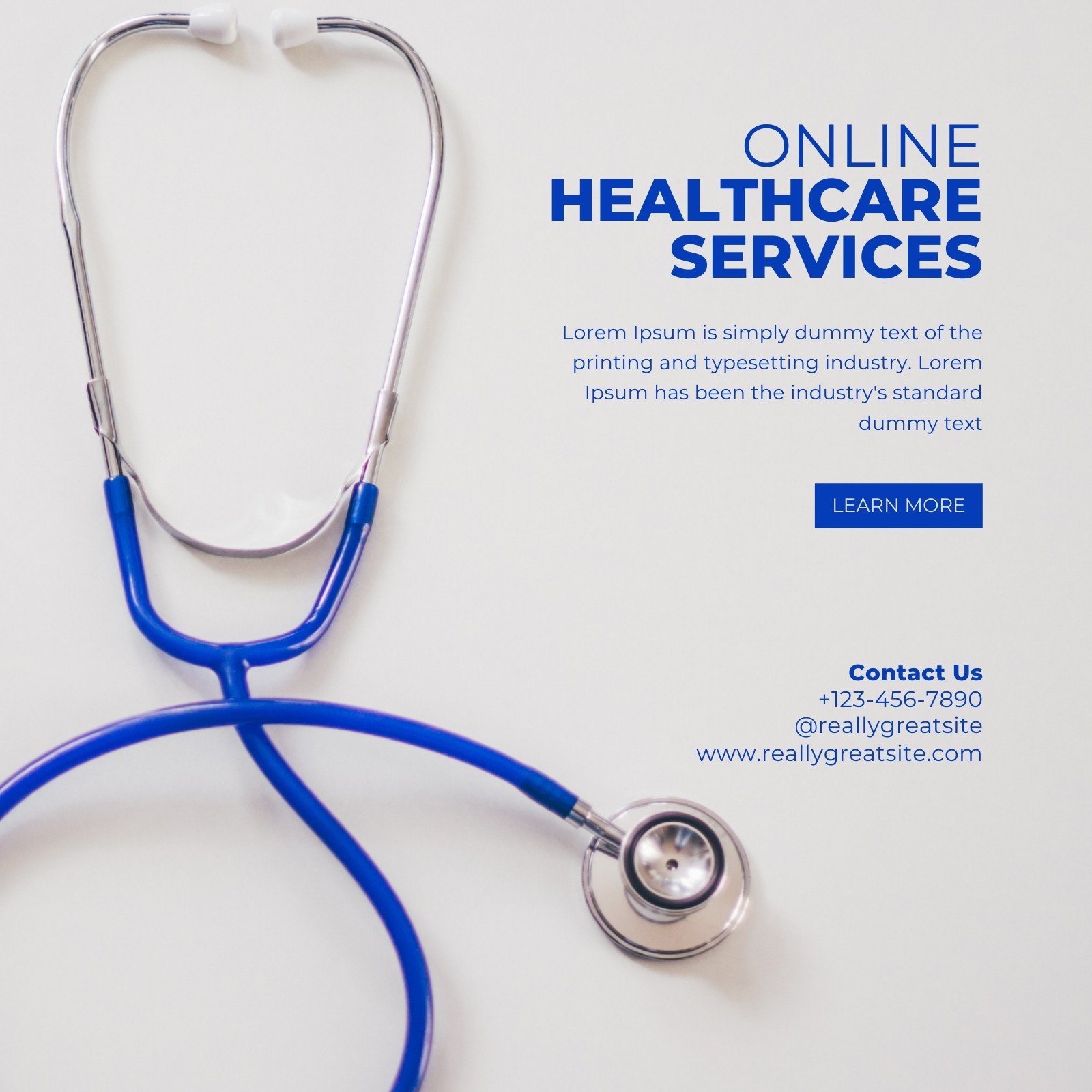Discovering the Development of Subscription Based Healthcare in the Digital Age
Discovering the Development of Subscription Based Healthcare in the Digital Age
Blog Article
The Surge of Subscription-Based Health Care and Its Influence On Individual Care
As health care advances, the subscription-based design is gaining traction, guaranteeing to revolutionize patient treatment by supplying predictability and availability. These designs, which bypass conventional insurance, could redefine the patient-doctor dynamic, stressing preventive and individualized treatment. Yet, as with any advancement, they present obstacles, particularly worrying equitable accessibility for all socioeconomic groups. The potential for these designs to reshape healthcare delivery raises pushing questions regarding their long-lasting sustainability and inclusivity. Are these registration solutions the future of healthcare, or do they risk leaving susceptible populations behind? The intricacies of this change warrant a better examination.
Understanding Registration Healthcare Designs
Realizing the principle of membership healthcare models involves analyzing a transformative method to medical solutions that highlights price and accessibility. These designs, commonly referred to as straight primary care (DPC) or concierge medication, have actually become innovative options to conventional fee-for-service medical care systems. Subscription healthcare enables individuals to pay a set regular monthly or yearly cost for a defined collection of clinical services, which might include unlimited office check outs, regular examinations, and basic lab tests, without the demand for traditional insurance payment.
The structure of subscription health care versions is developed to simplify individual treatment by eliminating third-party payers and intricate billing codes, consequently minimizing management problems. Doctor can focus much more on person care, promoting more powerful patient-provider partnerships. This version additionally advertises preventative treatment by encouraging routine sees, as the financial challenge of per-visit fees is gotten rid of.
The registration model frequently encourages healthcare suppliers to manage smaller sized individual panels, permitting even more customized treatment. It aligns financial rewards with person health results, as providers are encouraged to maintain patient satisfaction and health. On the whole, comprehending membership healthcare versions calls for identifying their possible to reshape how treatment is supplied and accessed.
Advantages for People and Service Providers

For providers, subscription-based designs provide the possibility to grow patient-provider partnerships. With a stable earnings stream, medical care experts can commit more time to each individual, causing a much more thorough and tailored care experience. This design likewise lowers dependence on high patient volumes, reducing fatigue and boosting work satisfaction. The emphasis on precautionary treatment within subscription plans can lead to better individual end results and reduced long-lasting health care costs. By concentrating on continuous treatment, companies can address concerns before they escalate, ultimately benefiting the health care system all at once by minimizing the burden on emergency situation and acute care solutions.
Issues and challenges
While subscription-based healthcare models existing various benefits, they also come with a collection of obstacles and problems that should be attended to. First, access stays a significant concern, as these models commonly target individuals who can pay for monthly costs, potentially excluding low-income populations. This raises moral inquiries regarding fair accessibility to health care services. Additionally, the different nature of membership plans can bring about confusion amongst clients relating to coverage specifics, potentially causing unmet expectations or poor care.
Financial sustainability of subscription-based versions is one more worry. Companies must stabilize the set revenue from memberships with the variable costs of health care solutions, which might vary due to unpredicted medical demands. This can develop pressure to restrict solutions or increase charges, potentially impacting patient contentment and care high quality.
Furthermore, regulatory oversight of subscription-based health care designs is still evolving. The lack of standardized frameworks can bring about irregular service high quality and liability, Full Article making complex efforts to make sure individual defense. The integration of technology-- commonly a foundation of these models-- elevates concerns regarding information privacy and protection, as delicate person information could be at risk to violations. Attending to these difficulties is vital for the equitable and effective execution of subscription-based medical care.
Influence on Patient-Doctor Relationships
One significant effect of subscription-based medical care designs on patient-doctor partnerships is the capacity for enhanced connection and individualized treatment. By taking on a membership version, medical professionals can manage a smaller person panel, allowing for even more devoted time with each person. This raised accessibility cultivates a much deeper understanding of a patient's case history, lifestyle, and choices, making it possible for much more tailored treatment strategies and treatments.

However, it is essential to identify that while subscription-based versions might benefit those that can afford them, they could inadvertently widen healthcare variations. Patients that are incapable to take part in these versions could experience reduced accessibility to customized treatment, potentially affecting their relationships with doctor. Hence, while the subscription design provides encouraging benefits for patient-doctor connections, it additionally presents challenges that require to be dealt with to make certain fair healthcare gain access to.
Future of Health Care Gain Access To

The duty of innovation can not be ignored in this improvement. Telemedicine systems and digital health documents promote smooth interaction between patients and healthcare service providers, breaking down geographical and logistical barriers. Furthermore, innovations in man-made intelligence and information analytics can better customize treatment by predicting individual demands and enhancing treatment plans.
Nonetheless, the try these out future of medical care gain access to likewise presents challenges, such as making certain equity across various socio-economic groups. Policymakers and doctor should work together to connect the digital divide, making sure that subscription-based models continue to be affordable and comprehensive. As these systems grow, they hold the pledge of making health care much more available, reliable, and patient-centric.
Conclusion
Subscription-based health care versions are improving client treatment by giving a steady price structure and enhancing ease of access. These models enhance patient-provider relationships via individualized care and routine brows click resources through, emphasizing preventative health. Despite these benefits, challenges such as access problems for low-income populations and the need for fair health care solutions linger. The increase of subscription-based medical care urges proactive client involvement, which has the prospective to improve individual end results and complete satisfaction, indicating a transformative shift in healthcare distribution.
As medical care develops, the subscription-based design is getting traction, promising to revolutionize patient care by providing predictability and ease of access.Subscription-based health care designs provide distinctive benefits for both individuals and carriers, boosting the overall healthcare experience.As medical care systems develop, the future of health care accessibility often pivots on the combination of innovative designs and innovations.Subscription-based healthcare versions are reshaping patient treatment by supplying a stable cost framework and improving access. The increase of subscription-based health care encourages proactive person engagement, which has the prospective to improve client results and satisfaction, signifying a transformative change in healthcare shipment.
Report this page